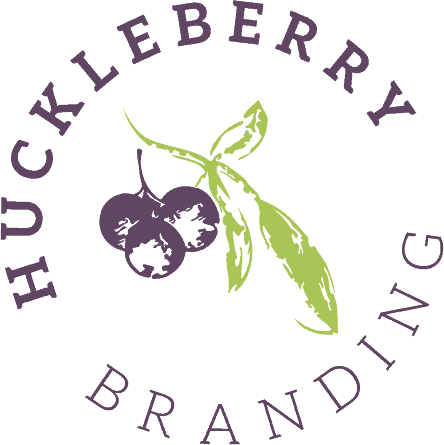We have all experienced moments when we open a social media app for an intended five-minute break, which then turns into a twenty-five-minute session. We are surprised by how quickly time passes, and we promise ourselves that we will not do it again — but we do. Why? The answer is the continuous scroll. When we are served endless content, it is harder for us to find natural stopping points that give us an opportunity for a mindful moment. While the continuous scroll makes productivity and boundaries a little more complicated, users have also wondered how Google’s decision to adopt the constant scroll will impact SEO.
Google’s Shift From the Click to the Scroll
In October of 2021, Google first introduced this idea of the continuous scroll to its mobile users. This was expanded to desktops the following month. Prior to this change, Google used a paginated SERP format to rank and reward organic SEO results. Page one was the ultimate goal, which meant users needed to rank 1-10 for chosen keywords. On December 5th Google Tweeted, “Starting today, we’re bringing continuous scrolling to desktop in English in the U.S. so you can continue to see more search results easily. When you reach the bottom of a search results page, you’ll now be able to see up to six pages of results.” The change was thought to be an attempt to mirror social media feeds where a user is served endless content, which would in turn make searching quicker.
Page One Paralysis
According to Search Engine Land, the number one organic result will receive between 20-40% of traffic, with results quickly dwindling as you scroll down the page. If you’re beyond page one (what was formerly positions 1-10) you’re probably not earning a significant amount of impressions and clicks from organic search results. On average, 80% of web users will only view page one during their entire visit, which further emphasizes the importance of ranking on page one. With the advent of Google’s continuous scrolling SERP, there is no longer a true “page one” or “page two” anymore. Instead, you see more results automatically as you scroll down on your view screen. So, how does this impact visibility on your current keyword rankings? The algorithm has changed, so that positions five and six often exist after sponsored ads, the “people also ask” suggestions, image ads, and top stories. While position ranking remains meaningful, it doesn’t matter in quite the same way it once did.
How Will Continuous Scroll Impact SEO?
First and foremost, page one no longer exists. Given what we know about user behavior aligned to the continuous scroll used on other platforms, it’s more likely that searchers will scroll beyond the once coveted top ten results. Additionally, the top three results may eventually see dwindling traffic.
Search Engine Land notes, “This expansion has already diluted the inverted pyramid of click distribution. Back when Google search results still displayed the proverbial “10 blue links,” click heat maps indicated an overwhelming bias toward the number one spot, with more than 40% of clicks going there.” However, as of recently, the top spot earned by organic SEO alone is now receiving about 28% of clicks.
What Else Can Users Expect With Google Continuous Scroll?
Here are a couple of other changes you can expect with Google’s adoption of the continuous scroll.
More Ads Are at the Top of the Page
Google has more space, and they’re filling it with paid ads first and foremost. The top of the page is optimal space because visibility is limited after the continuous scroll results. This means organic results will be pushed further down the page.
Changes in Result Clusters From a Single Website
Historically, two different results from the same website might appear on Google’s first couple of pages. However, we now see results combined in ways that aren’t always optimal for page rankings. For example, a blog post ranked 8th may be regrouped with another ranked 43rd. This is something to continue watching as we are expecting Google to make adjustments.
What Does This Mean for Content Creators and SEO Enthusiasts?
We are still learning what the long-term effect of the continuous scroll will mean for Google. However, here are some considerations worth exploring in the meantime:
- If possible, secure a top-three spot with low-hanging fruit. Are there relevant, but perhaps less competitive, keywords that you can easily boost in organic search results to the top three spots? Focus your energy there!
- Stand out in page titles. Now is not the time for oversimplified, mundane page titles. To catch your audience’s attention, make them as engaging and captivating as possible.
- Play by Google’s rules. Google prefers images and videos to written content, so utilize this knowledge if you can. However, we know it’s not always possible. You can also include some of Google’s “People Also Ask” questions within your content to try to further increase your rankings.


